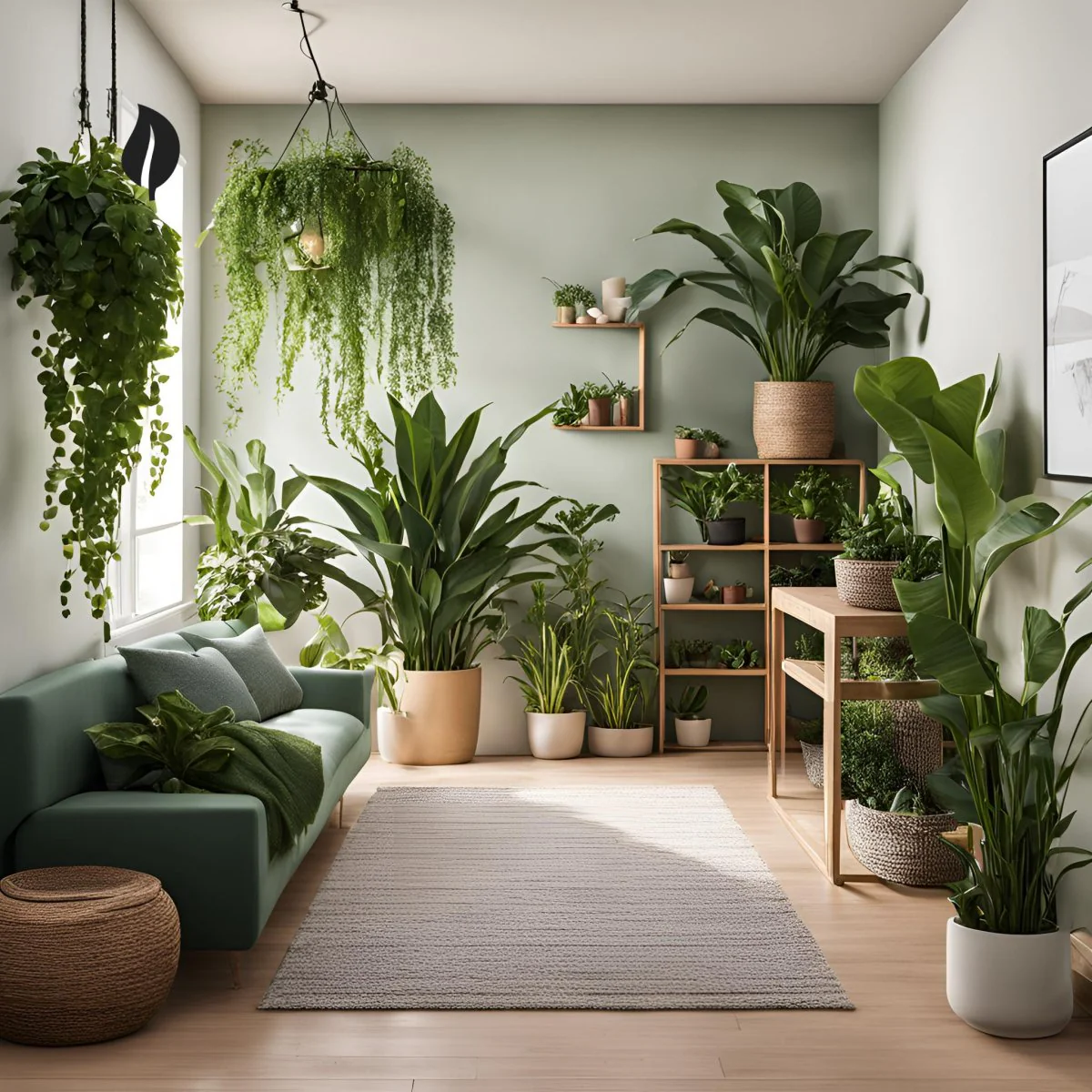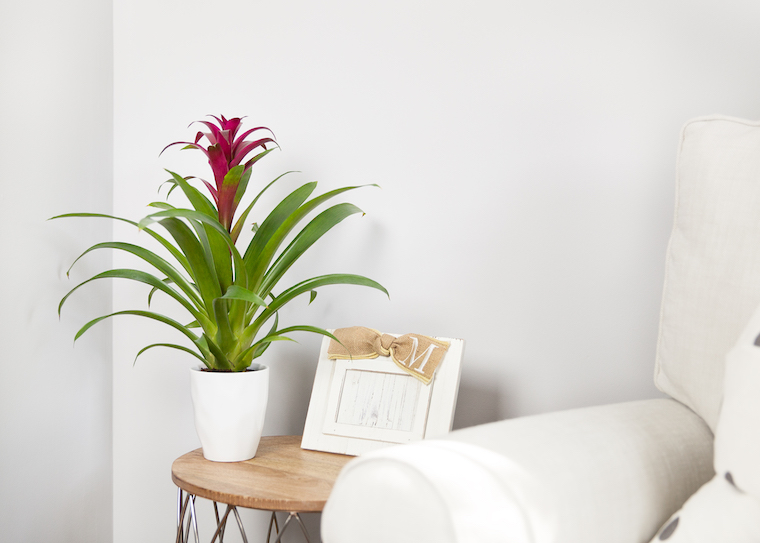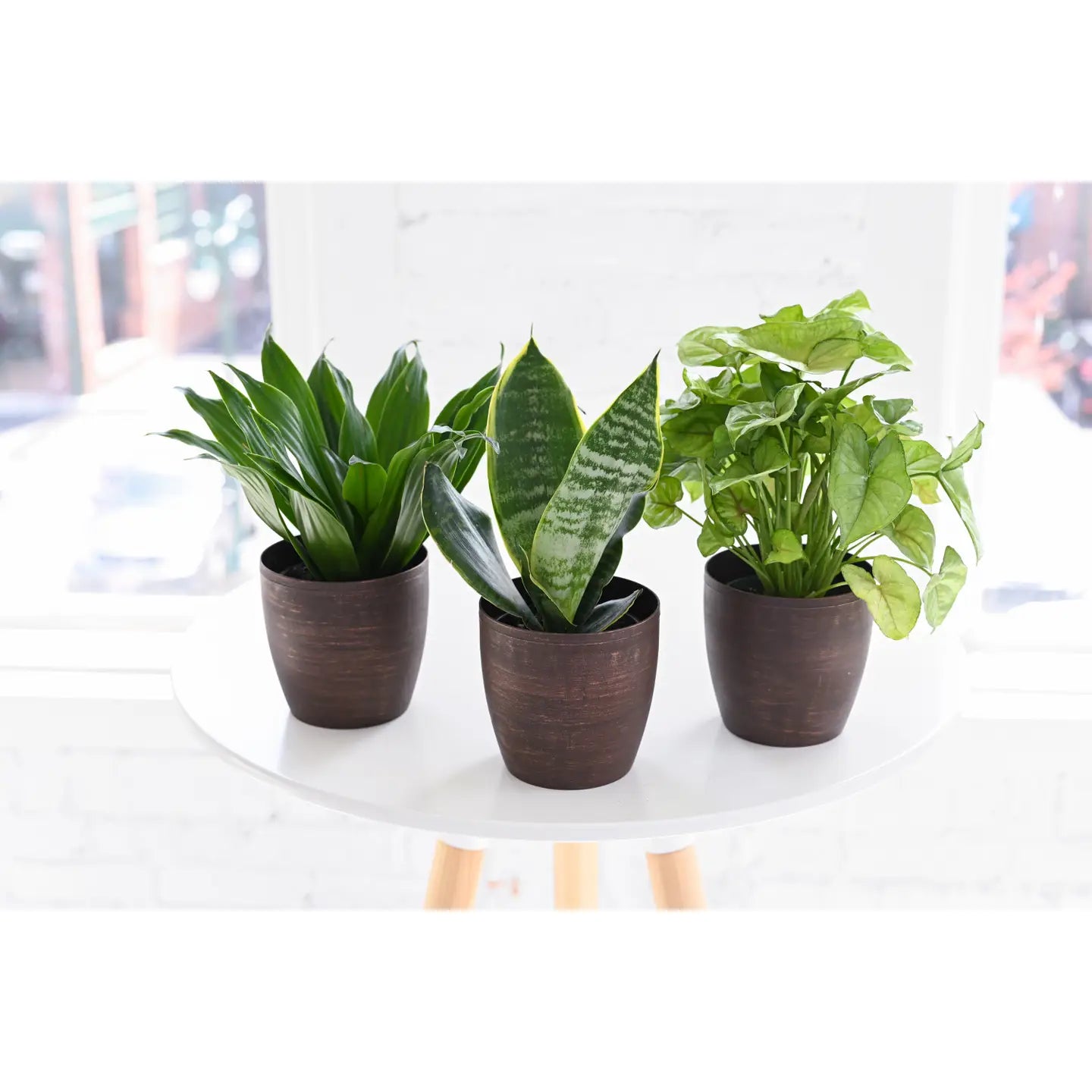Where to Place the Best Low-Light Indoor Plants in Your Home for Maximum Impact
Where to Place the Best Low-Light Indoor Plants in Your Home for Maximum Impact
Blog Article
Discover the Tricks of Low-Light Indoor Plants and Exactly How They Boost Your Environment
Low-light indoor plants have actually gathered boosting attention for their distinct capacity to improve both aesthetic charm and environmental top quality within homes and workplaces. These resilient types, consisting of the Snake Plant and Tranquility Lily, not just grow in difficult lights conditions yet likewise play a crucial duty in air filtration and psychological well-being.
Advantages of Low-Light Indoor Plants
Although many individuals think that indoor plants need plentiful sunlight to flourish, low-light indoor plants supply a wide range of advantages that make them suitable for various environments. One of the key benefits is their flexibility; they can grow precede with minimal all-natural light, such as offices, basements, or rooms with little windows. This function allows people to enhance their surroundings with plant, adding to boosted visual appeals without the need for extensive illumination alterations.
In addition, low-light interior plants can substantially enhance indoor air quality by launching and filtering dangerous toxins oxygen, making living areas healthier. The existence of plants has actually been connected to higher feelings of serenity and focus.
Moreover, low-light plants commonly need much less maintenance than their sun-loving counterparts, making them optimal for active individuals or those new to gardening. Their durability allows them to grow with marginal intervention, thus supplying a fulfilling experience for plant enthusiasts and novices alike. In recap, low-light indoor plants offer both practical and aesthetic objectives, making them useful enhancements to any room.
Leading Low-Light Plant Ranges
Low-light indoor plants been available in a selection of types, each offering distinct characteristics and advantages fit for dim atmospheres. Among one of the most popular ranges is the Snake Plant (Sansevieria), understood for its air-purifying capacities and architectural fallen leaves. This resistant plant prospers on overlook and can tolerate a wide variety of light conditions.
An additional excellent selection is the ZZ Plant (Zamioculcas zamiifolia), which includes glossy, dark eco-friendly fallen leaves and is highly drought-tolerant. Its flexibility makes it a favorite for offices and homes with restricted sunshine.
The Pothos (Epipremnum aureum) is likewise a leading competitor, with its trailing vines and heart-shaped leaves - Best low-light indoor plants. This versatile plant can be educated to climb up or cascade, including visual interest to any area

Treatment Tips for Low-Light Plants
Looking after low-light interior plants needs a nuanced understanding of their particular demands to guarantee optimal development and vitality. First, it is crucial to pick the ideal potting mix, as a well-draining soil is crucial to avoid origin rot. A mix designed for houseplants, commonly having peat moss and perlite, works well for most low-light check it out ranges.
Watering is one more key aspect of treatment. Low-light plants normally need less regular watering compared to their sun-loving counterparts. It is advisable to check the leading inch of dirt; if it feels dry, it's time to water. Overwatering can lead to difficulties such as mold and mildew and root decay.
Fertilization needs to be approached with care. Throughout the growing season, a watered down liquid fertilizer can be used monthly, yet in cold weather, numerous low-light plants go into dormancy and require little to no fertilizing.
Last but not least, it is necessary to occasionally clean the leaves to get rid of dust, permitting much better light absorption. By adhering to these treatment tips, you can grow a thriving atmosphere for your low-light indoor plants, enhancing both their look and durability.
Enhancing Air Quality With Plants
Interior plants play a considerable function in boosting air quality within homes and workplace rooms. Through the process of photosynthesis, these plants take in co2 and release oxygen, adding to a much healthier environment. Additionally, certain low-light indoor plants have the ability to filter dangerous toxins, such as trichloroethylene, formaldehyde, and benzene, which are typically found in indoor settings.

In addition, the presence of interior plants can increase humidity degrees, which helps reduce dry skin and respiratory issues, further boosting total well-being. This capability to improve air high quality not just advertises physical wellness yet likewise sustains mental health.
Including low-light interior plants into your living and functioning rooms can result in a more stimulating and dynamic setting (Best low-light indoor plants). Buying these natural air purifiers is an easy yet effective approach for improving indoor air top quality and fostering a healthier way of living
Producing a Peaceful Indoor Room
The integration of plants right into living spaces not only boosts air high quality however likewise more adds to a relaxing atmosphere. Low-light indoor plants, such as serpent plants and pothos, are specifically reliable in developing a tranquil environment, as they grow in conditions that might otherwise be inhospitable for various other greenery. Their lush foliage gives a soothing aesthetic, reducing anxiety and advertising leisure.
Including these plants into your home or office can stimulate a feeling of peace and well-being. Strategically placing them in locations where you invest considerable time, such as living offices or spaces, permits an immersive experience with nature, which has been revealed to enhance state of mind and cognitive function.
Additionally, the gentle activity of fallen leaves in reaction to airflow can create a dynamic visual aspect that boosts the general setting. Think about making use of a range of plant elevations and structures to add deepness and passion to your space. With thoughtful positioning and treatment, low-light indoor plants can transform any type of area into a tranquil refuge, promoting not only aesthetic contentment yet also psychological and psychological health.

Final Thought
Incorporating low-light indoor plants into numerous environments returns significant benefits, including boosted air high quality and enhanced visual appeal. The transformative power of low-light plants highlights their worth in enhancing both residential and job-related setups.
Although several individuals assume that interior plants need abundant sunshine to flourish, low-light interior plants offer a multitude of benefits that make them suitable for various atmospheres.Furthermore, low-light interior plants can dramatically improve indoor air quality by launching and filtering dangerous contaminants oxygen, making living areas healthier. Furthermore, specific low-light interior plants have the capacity to filter hazardous toxins, such as benzene, formaldehyde, and trichloroethylene, which are click here for info commonly discovered in indoor settings.
Low-light indoor plants, such as serpent plants and pothos, are especially efficient in creating a serene setting, as they flourish in conditions that might otherwise be unwelcoming for other greenery.Integrating low-light indoor plants right into different atmospheres yields substantial advantages, including improved air high quality and enhanced visual allure.
Report this page